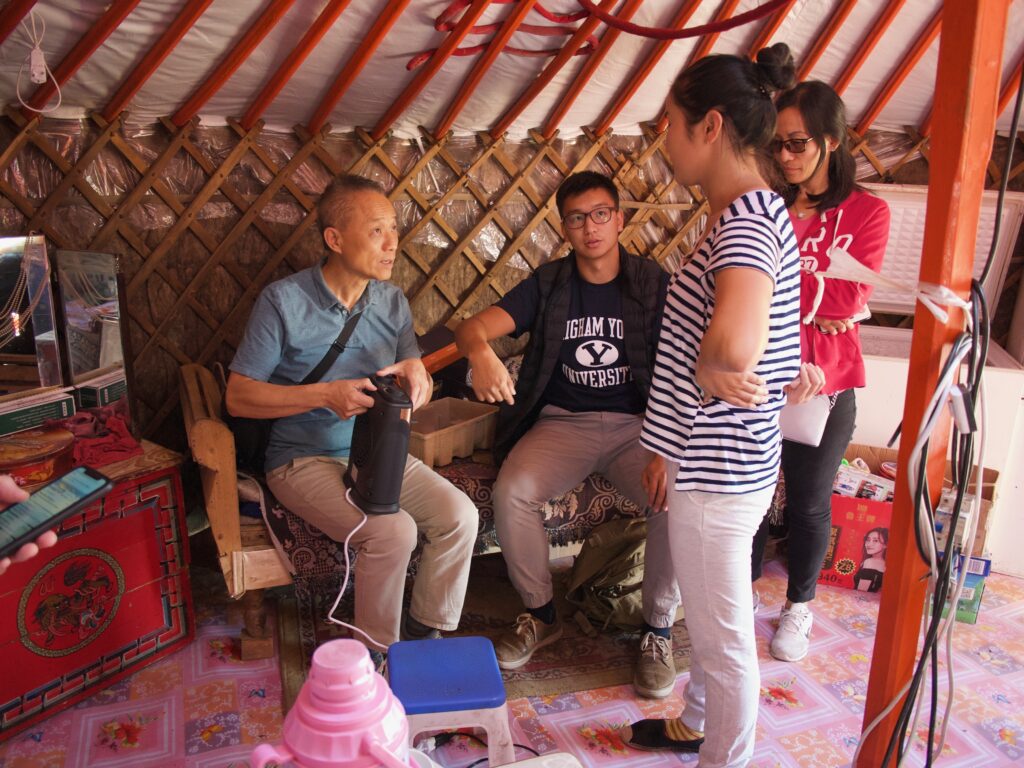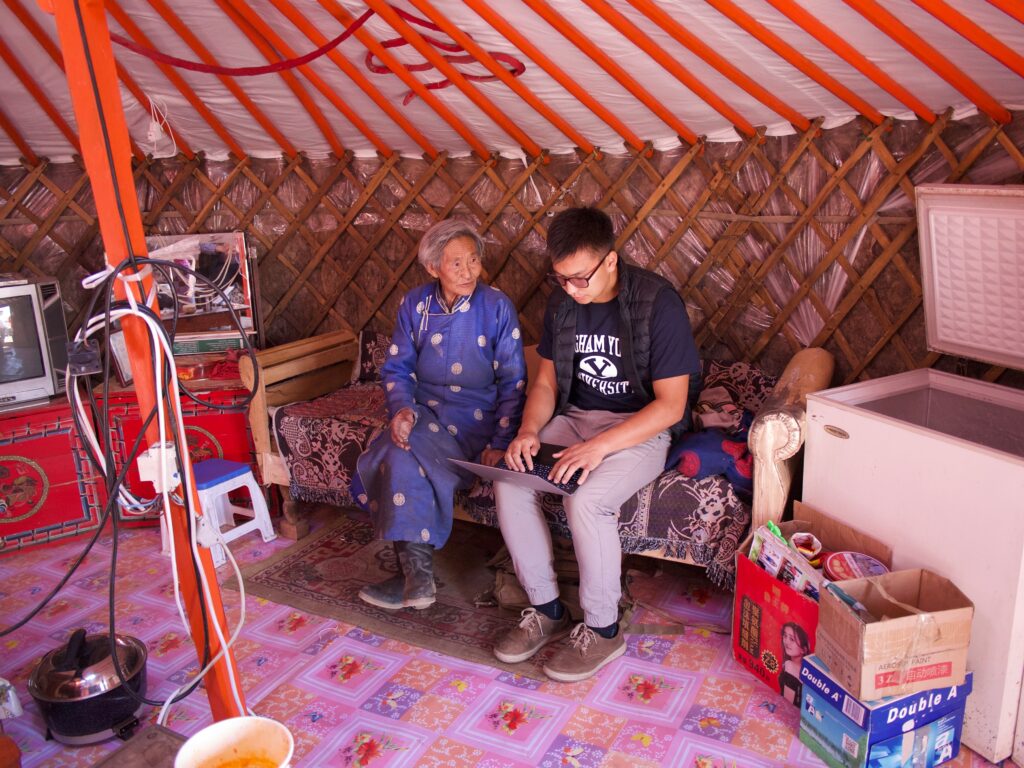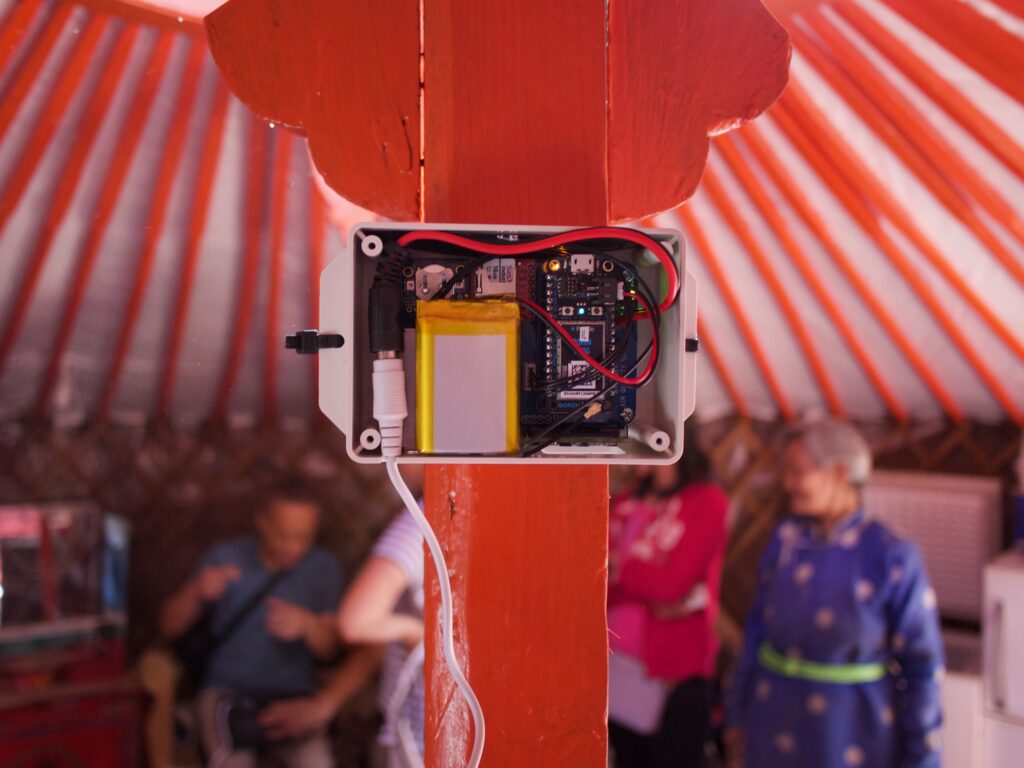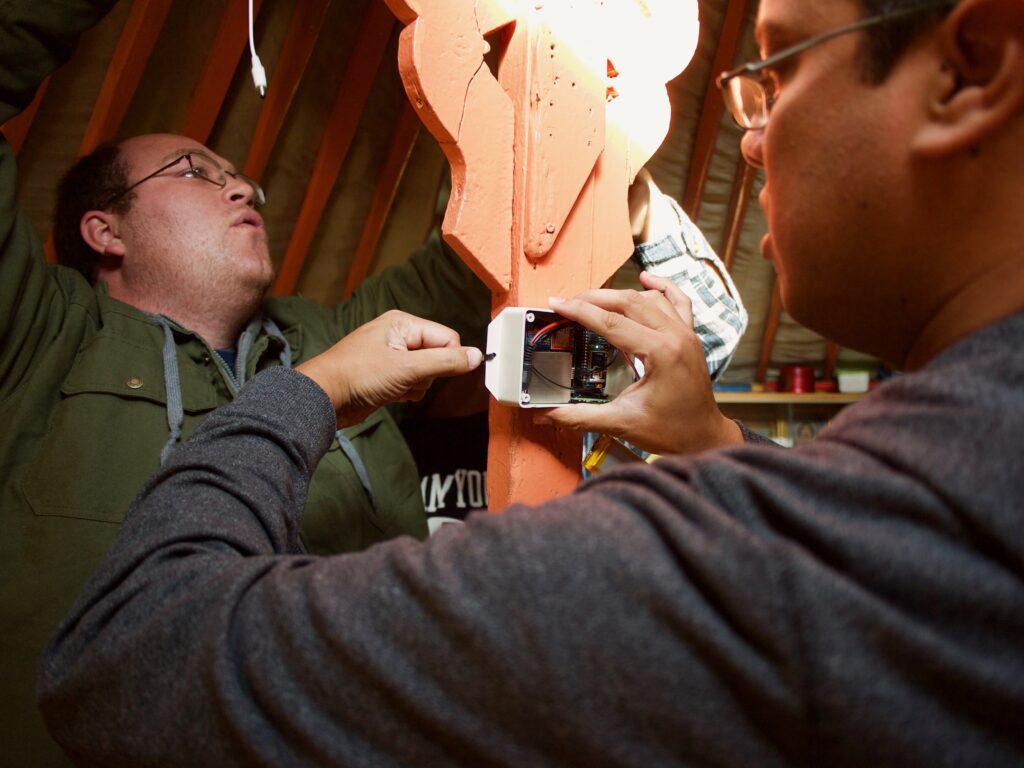Remote locations pose particular challenges for air quality sensing. Phil Lundrigan, a CEEHI member, University of Utah graduate, and Brigham Young University faculty member, recently led an effort to deploy a network of home-based sensors in Ulaanbaatar, Mongolia. You can read more about this interesting case in remote air quality monitoring in his recent IEEE paper, found here: https://ieeexplore.ieee.org/document/9249214
Citation: L. Alcantara, J. Miera, B. Ariun-Erdene, C. -C. Teng and P. Lundrigan, “The Hitchhiker’s Guide to Successful Remote Sensing Deployments in Mongolia,” 2020 Intermountain Engineering, Technology and Computing (IETC), 2020, pp. 1-6, doi: 10.1109/IETC47856.2020.9249214.
Abstract: “The health hazard of air pollution in developing countries poses a significant threat of cardiovascular, respiratory, and other diseases. Ulaanbaatar, Mongolia is among cities with the worst polluted air in the world due to the use of coal as the primary heating source in the traditional Mongolian gers where most of the local population resides. Humanitarian groups are looking for ways to improve air quality, but are unable to measure the effects of their solutions. We build a low-cost air quality sensor that can upload data in real-time in remote locations. This newly developed sensor allows for real-time air quality monitoring and tracking that was not possible before in such locations. We present the implementation and deployment of this system and share experiences and lessons learned from deploying the sensors in such a unique location.”









